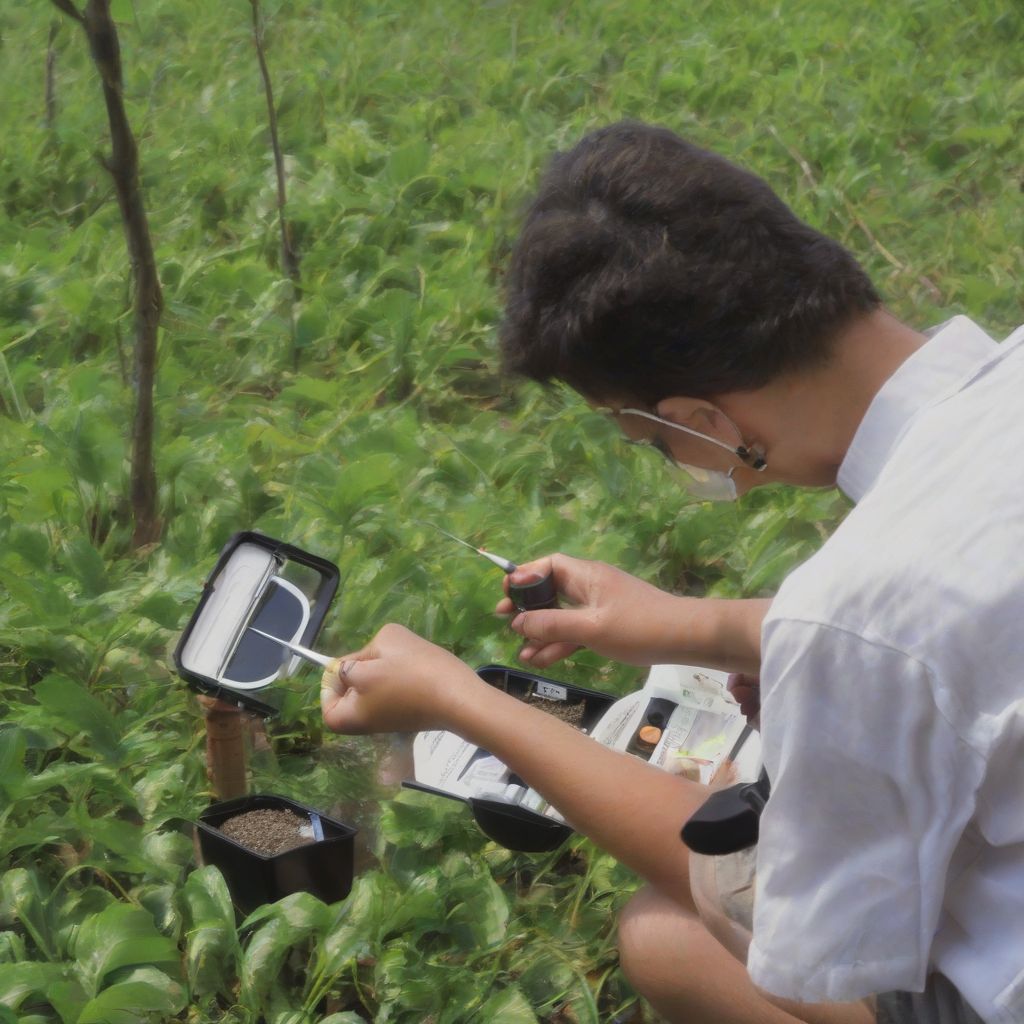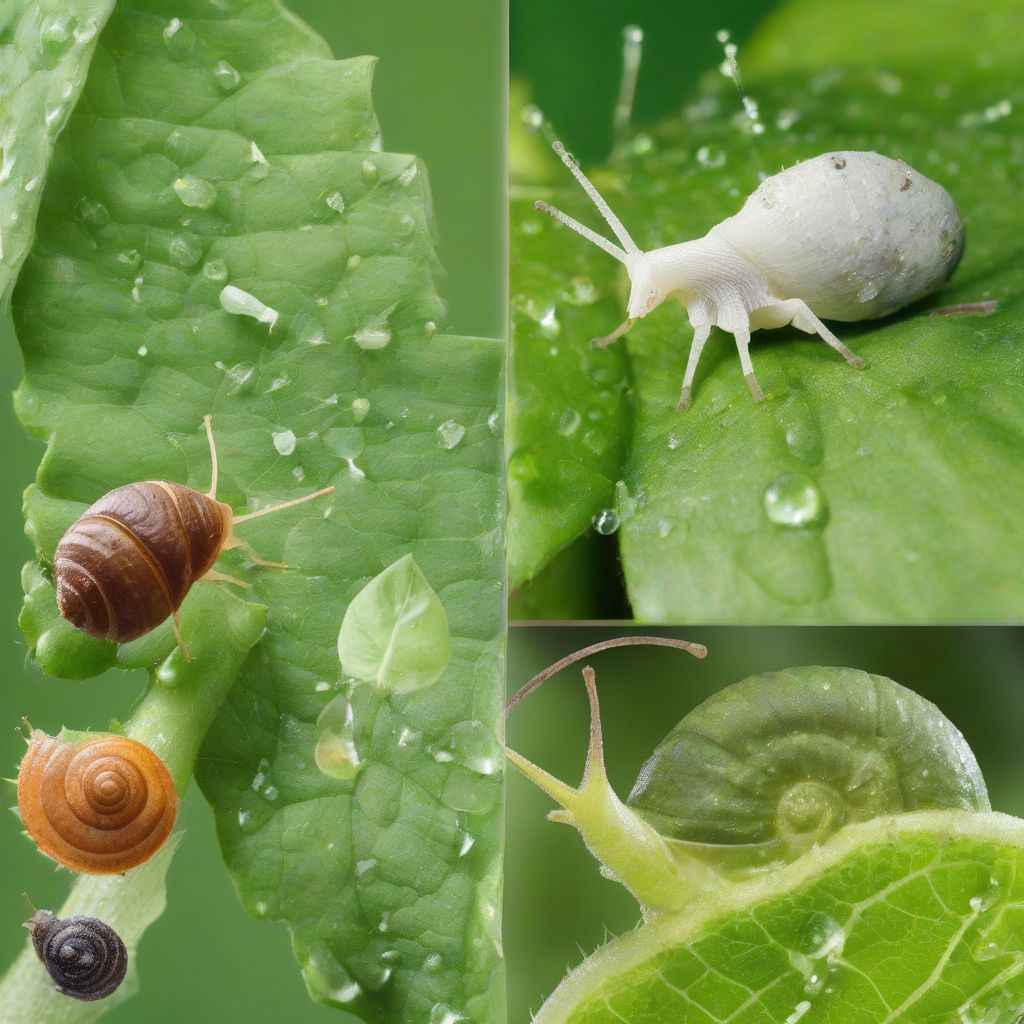Have you ever dreamt of harvesting fresh, juicy tomatoes from your backyard or watching vibrant flowers bloom, painting your garden with a rainbow of colors? Starting a garden from scratch might seem daunting, but with a little guidance and a sprinkle of passion, you’ll be surprised how easy it can be. Whether you have a sprawling backyard or a sunny balcony, this comprehensive guide will equip you with the essential knowledge to transform your gardening aspirations into a thriving reality.
Planning Your Dream Garden
Before you even pick up a shovel, take some time to plan. This crucial first step will set the stage for a successful gardening journey.
1. Choosing the Right Location
Sunlight is the lifeblood of your garden. Most vegetables and flowering plants thrive in at least 6 hours of direct sunlight per day. Observe your yard throughout the day to determine the sunniest spots. Consider factors like shade from trees or buildings.
2. Assessing Your Soil
Healthy soil is the foundation of a flourishing garden. You can perform a simple soil test to determine its type and composition. This information will guide you in choosing the right plants and amendments for optimal growth.
 Soil Testing Kit
Soil Testing Kit
3. Selecting Your Plants
From vibrant flowers to delicious vegetables, the plant world offers a vast array of options to tantalize your senses. As a nutritionist, I encourage you to explore the world of edible gardening. Imagine the satisfaction of harvesting your own organic produce, bursting with flavor and nutrients.
Here are some easy-to-grow vegetables and herbs for beginners:
- Lettuce: This leafy green thrives in both sun and partial shade, making it perfect for novice gardeners.
- Tomatoes: A staple in many cuisines, tomatoes are surprisingly low-maintenance and reward you with a bountiful harvest.
- Zucchini: Known for its prolific growth, zucchini is an excellent choice for beginners looking for a high-yield crop.
- Basil: This aromatic herb is a culinary delight, adding freshness to countless dishes.
[amazon bestseller=”gardening gloves”]
Preparing Your Garden Bed
With your plan in place, it’s time to roll up your sleeves and get your hands dirty!
1. Clearing the Area
Begin by removing any existing vegetation, rocks, or debris from your chosen garden bed. This will create a clean slate for your plants to flourish.
2. Improving Soil Structure
Use a garden fork or tiller to loosen the soil to a depth of about 12-15 inches. This aeration improves drainage and allows roots to penetrate more easily.
3. Amending Your Soil
Based on your soil test results, incorporate organic matter like compost, aged manure, or peat moss to enhance its fertility and structure.
Planting Your Garden
Now comes the exciting part – bringing your garden to life!
1. Starting from Seed vs. Transplants
You can choose to start your plants from seeds or purchase seedlings (transplants) from a local nursery. Starting from seed offers a wider variety and can be more economical, while transplants provide a head start.
2. Planting Techniques
Follow the recommended spacing guidelines on seed packets or plant tags. This ensures adequate air circulation and prevents overcrowding.
General Planting Tips:
- Water the soil thoroughly before planting.
- Dig holes slightly larger than the root ball of your transplants or the recommended depth for seeds.
- Gently place your plants in the holes and backfill with soil, patting it down lightly.
3. Watering and Mulching
Water your newly planted garden deeply and consistently, especially during the first few weeks. Apply a layer of organic mulch, such as straw or wood chips, around your plants to retain moisture, suppress weeds, and regulate soil temperature.
Nurturing Your Garden Oasis
Like any living thing, your garden needs ongoing care and attention to thrive.
1. Watering Wisely
Water deeply and less frequently to encourage strong root development. The best time to water is in the early morning to minimize evaporation.
2. Feeding Your Plants
Provide your plants with the nutrients they need to grow strong and healthy by fertilizing them regularly. Opt for organic fertilizers, which are gentler on the environment and beneficial soil microorganisms.
3. Weed Control
Weeds compete with your plants for water, nutrients, and sunlight. Regularly remove weeds by hand or with a hoe to give your garden plants a competitive edge.
4. Pest and Disease Management
Keep a watchful eye out for any signs of pests or diseases. Early detection is key to preventing widespread damage.
 Common Garden Pests and Diseases
Common Garden Pests and Diseases
Reaping the Rewards of Your Labor
As you nurture your garden, you’ll be rewarded with the fruits (and vegetables!) of your labor. Harvest your produce at its peak ripeness for the best flavor and nutritional value.
Conclusion
Starting a garden from scratch is a rewarding journey that connects you with nature, nourishes your body, and brings joy to your life. By following these planting basics, you’ll be well on your way to creating a thriving garden oasis that you can be proud of.
Do you have any questions or tips for fellow gardening enthusiasts? Share them in the comments below. Happy gardening!
